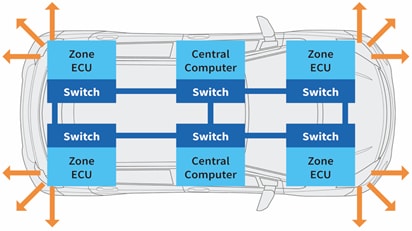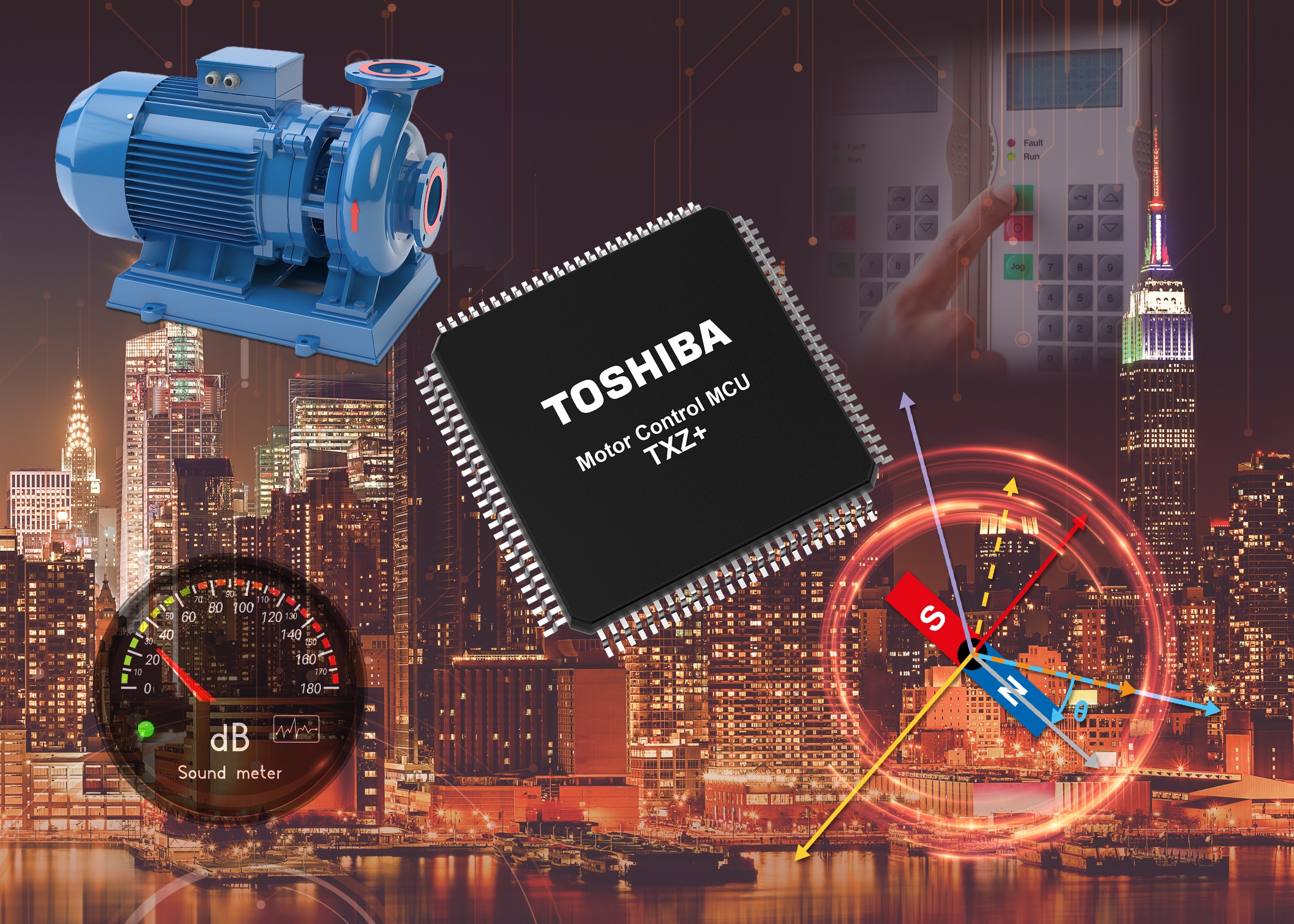- General Top
- SEMICONDUCTOR
- STORAGE
- COMPANY
-
My ToshibaSemicon
- Semiconductor Top
-
ApplicationsAutomotive
Body Electronics
xEV
In-Vehicle Infotainment
Advanced Driver-Assistance Systems (ADAS)
Chassis
IndustrialInfrastructure
BEMS/HEMS
Factory Automation
Commercial Equipment
Consumer/PersonalIoT Equipment
Healthcare
Wearable Device
Mobile
Computer Peripherals
-
ProductsAutomotive Devices
Discrete Semiconductor
Diodes
Transistors
Logic ICs
Analog Devices
Digital Devices
Wireless Devices
※
: Products list (parametric search)
Power SemiconductorsSiC Power Devices
※
: Products list (parametric search)
Isolators/Solid State RelaysPhotocouplers
Digital Isolators
Solid State Relays
Fiber Optic Transmitting Modules
※
: Products list (parametric search)
MOSFETsIGBTs/IEGTsBipolar Transistors※
: Products list (parametric search)
Diodes※
: Products list (parametric search)
MicrocontrollersMotor Driver ICsIntelligent Power ICs※
: Products list (parametric search)
Power Management ICsLinear ICs※
: Products list (parametric search)
General Purpose Logic ICsLinear Image SensorsOther Product ICsOther Product ICs
※
: Products list (parametric search)
-
Design & Development
Design & Development
Innovation Centre
At the Toshiba Innovation Centre we constantly strive to inspire you with our technologies and solutions. Discover how to place us at the heart of your innovations.
-
Knowledge
Knowledge
Highlighted Topics
Further Materials
Other
- Where To Buy
- Part Number & Keyword Search
- Cross Reference Search
- Parametric Search
- Stock Check & Purchase
This webpage doesn't work with Internet Explorer. Please use the latest version of Google Chrome, Microsoft Edge, Mozilla Firefox or Safari.
require 3 characters or more. Search for multiple part numbers fromhere.
The information presented in this cross reference is based on TOSHIBA's selection criteria and should be treated as a suggestion only. Please carefully review the latest versions of all relevant information on the TOSHIBA products, including without limitation data sheets and validate all operating parameters of the TOSHIBA products to ensure that the suggested TOSHIBA products are truly compatible with your design and application.Please note that this cross reference is based on TOSHIBA's estimate of compatibility with other manufacturers' products, based on other manufacturers' published data, at the time the data was collected.TOSHIBA is not responsible for any incorrect or incomplete information. Information is subject to change at any time without notice.
require 3 characters or more.
Integration of Superior SoC Solutions into Zonal Automotive Networks

The conventional networking arrangement used in vehicles has been for the constituent electronic control units (ECUs) to be assigned specific individual functions. This has worked adequately enough until now - but that is about to change.
There is a lack of scalability to such approach offers, and this means that major limitations are starting to become apparent. There is increasing complexity within automotive systems, as numerous safety-related functions are being added to the latest vehicle models in order to support greater vehicle autonomy. This will make it essential that the underlying architecture is transformed accordingly.
The domain-based in-vehicle networking is starting to become outdated. It is consequently set to be replaced by a more efficient alternative, based on the establishing of zones. Each zone ECU will take responsibility for a multitude of different functions, with support be provided by centralised high performance computing (HPC) hardware. This will enable a streamlining of the supporting cabling infrastructure - with size, weight and cost reductions being derived. These are all highly beneficial to automotive brands, who want to improve their vehicles’ operational parameters to gain a competitive edge, while keeping their pricing attractive too.

The SoCs intended to support a zonal architecture often lack the connectivity now being required. The need for device-to-device communication to be included is placing considerable demands on the available PCIe interfaces. Through these, the modules needed for WLAN, cellular and vehicle-to-vehicle (V2V) transmission may be attached. Because of this situation, devices must be sourced that have enough PCIe and Ethernet resources incorporated into them.
This is why Toshiba has developed the TC9563XBG automotive interface bridge. Featuring a four-port PCIe switch with three external PCIe Gen 3 ports, plus two Ethernet ports, it is fully prepared for the heightened expectations of modern in-vehicle networking. Its Ethernet ports can be organised in different upstream/downstream configurations. They have AVB/TSN functionality to ensure deterministic operation.
An informative whitepaper published by Toshiba on the subject of zonal automotive networking architectures is available here:





